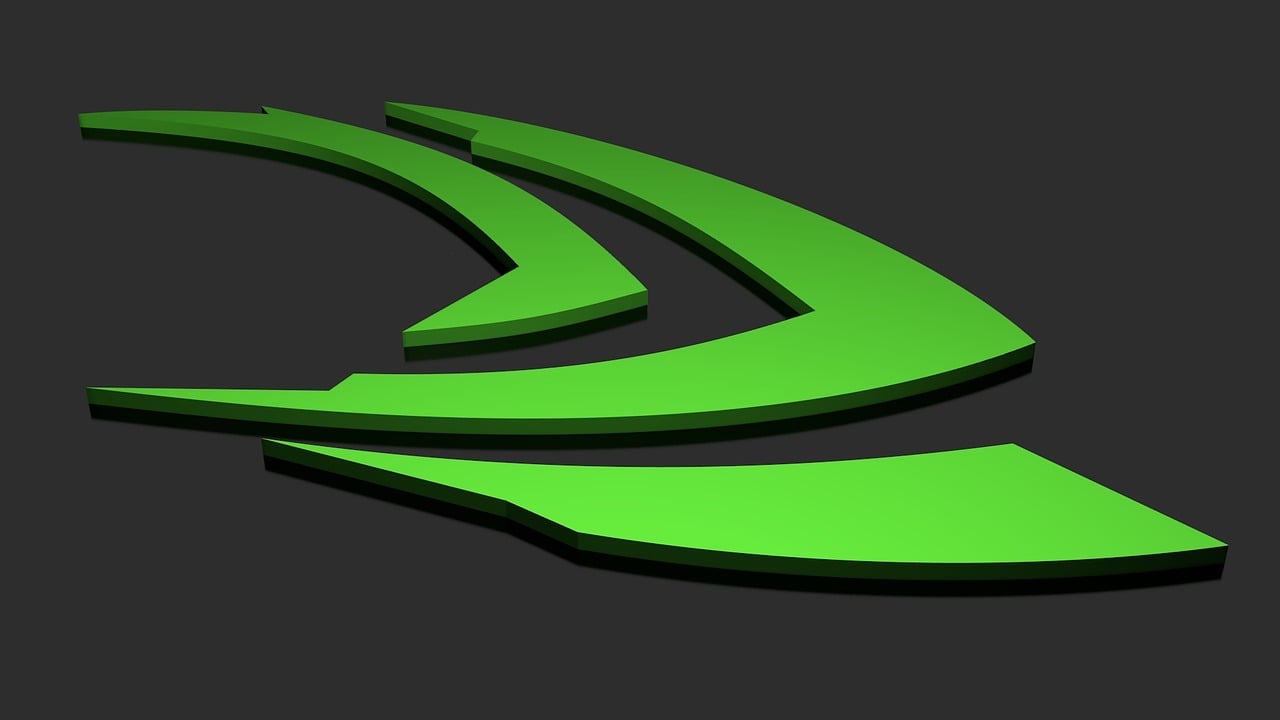Understanding NVIDIA CUDA

NVIDIA CUDA has revolutionized the world of computing by enabling programmers to harness the power of GPU (Graphics Processing Unit) for general-purpose computing tasks.
It has changed the way we think about parallel computing, unlocking immense processing power that was previously untapped.
In this article, we will delve into the world of NVIDIA CUDA, exploring its origins, benefits, applications, programming techniques, and the future it holds.
1. Introduction
In the era of big data and complex computational tasks, traditional CPUs alone are no longer sufficient to meet the demands for high-performance computing. This is where NVIDIA CUDA comes into play, providing a parallel computing platform and API that allows developers to utilize the massively parallel architecture of GPUs.
2. What is NVIDIA CUDA?
NVIDIA CUDA is a parallel computing platform and programming model that enables developers to utilize the power of GPUs for general-purpose computations. It provides a unified programming interface that abstracts the complexities of GPU architecture and allows programmers to focus on their computational tasks without worrying about low-level GPU details.
3. History and Evolution of NVIDIA CUDA
NVIDIA CUDA was first introduced by NVIDIA Corporation in 2007 as a technology to enable general-purpose computing on GPUs. Since then, it has evolved significantly, with each iteration bringing more features, optimizations, and performance improvements.
4. Benefits of NVIDIA CUDA
One of the key advantages of NVIDIA CUDA is its ability to significantly accelerate computing tasks by offloading them to GPUs. GPUs are designed to handle massive parallelism, making them ideal for data-intensive and computationally intensive tasks. This results in faster execution times and improved performance compared to traditional CPU-based computing.
Additionally, NVIDIA CUDA allows for more efficient utilization of hardware resources, maximizing the overall system throughput. It allows programmers to exploit the full potential of GPUs, enabling them to solve complex problems that were previously impractical or infeasible.
5. Applications and Use Cases of NVIDIA CUDA
NVIDIA CUDA finds applications in a wide range of domains, including scientific research, data analysis, machine learning, computer vision, simulations, graphics rendering, and more. It is particularly useful in tasks that involve massive data parallelism, such as image and video processing, deep learning, cryptography, and computational physics.
The ability to perform complex calculations in real-time, enabled by NVIDIA CUDA, has accelerated breakthroughs in various fields, pushing the boundaries of what is possible.
6. How NVIDIA CUDA Works
At the heart of NVIDIA CUDA is a parallel computing architecture known as CUDA Cores. These are the individual processing units within a GPU and are capable of executing thousands of lightweight threads simultaneously. By efficiently partitioning the workload among these cores, NVIDIA CUDA can achieve massive parallelism and deliver exceptional performance.
To harness the power of NVIDIA CUDA, programmers write code using CUDA C/C++ or CUDA Fortran, which is then compiled into GPU executable code. This code is optimized for the GPU architecture, allowing for seamless integration of compute-intensive and graphics-intensive tasks.
7. Programming with NVIDIA CUDA
Programming with NVIDIA CUDA requires an understanding of parallel computing concepts and GPU architecture. Developers need to creatively partition their algorithms into parallelizable tasks that can be executed on multiple cores simultaneously. They also need to carefully manage memory accesses and ensure efficient communication between CPU and GPU.
NVIDIA provides a comprehensive set of programming tools, libraries, and frameworks, such as CUDA Toolkit and cuDNN, to assist developers in writing efficient and optimized CUDA code. These tools help in handling complexities associated with GPU programming, enabling faster development cycles.
8. Popular NVIDIA CUDA Libraries and Frameworks
To further simplify the development process, NVIDIA CUDA provides a vast ecosystem of libraries and frameworks tailored for various domains. This includes libraries for linear algebra (cuBLAS), signal processing (cuFFT), image and video processing (NPP), deep learning (cuDNN), and many more. These libraries provide pre-optimized functions and algorithms, enabling developers to achieve high-performance results with minimal effort.
9. Performance and Efficiency of NVIDIA CUDA
The performance and efficiency of NVIDIA CUDA are crucial factors when considering its adoption. GPUs equipped with CUDA architecture have demonstrated exceptional capabilities in terms of both raw computational power and power efficiency. Their ability to handle parallel workloads and massive data sets make them indispensable for modern high-performance computing.
Additionally, the continuous advancements in CUDA architecture, hardware improvements, and software optimizations ensure that NVIDIA CUDA remains at the forefront of parallel computing technology.
10. Future of NVIDIA CUDA
As technology continues to advance, the future of NVIDIA CUDA looks extremely promising. With the rise of artificial intelligence, deep learning, and the need for more efficient computations, the demand for GPU-accelerated computing is only expected to grow. NVIDIA is dedicated to pushing the boundaries of parallel computing, continually refining CUDA architecture, and providing developers with the tools they need to solve the world’s most demanding computational problems.
11. Conclusion
In conclusion, NVIDIA CUDA has revolutionized the computing landscape by providing a powerful platform for harnessing GPU power for general-purpose computations. Through its parallel computing architecture and comprehensive programming ecosystem, it enables developers to unlock the potential of GPUs, delivering faster, more efficient, and highly parallel solutions. With a bright future ahead, NVIDIA CUDA is set to continue reshaping the world of high-performance computing.
FAQs
What are the benefits of using NVIDIA CUDA?
NVIDIA CUDA offers several benefits, including accelerated computing, improved performance, efficient hardware utilization, and the ability to solve complex problems that were previously infeasible.
What are some applications of NVIDIA CUDA?
NVIDIA CUDA finds applications in scientific research, machine learning, computer vision, simulations, graphics rendering, cryptography, and more. It is particularly useful in tasks involving massive data parallelism.
How does NVIDIA CUDA work?
NVIDIA CUDA utilizes parallel computing architecture known as CUDA Cores to achieve massive parallelism on GPUs. This allows for the execution of thousands of lightweight threads simultaneously, resulting in faster computations.
What programming languages are used with NVIDIA CUDA?
NVIDIA CUDA supports programming languages such as CUDA C/C++ and CUDA Fortran, which allow developers to write code optimized for the GPU architecture.
What are popular NVIDIA CUDA libraries and frameworks?
NVIDIA CUDA provides a wide range of libraries and frameworks tailored for various domains, including cuBLAS, cuFFT, NPP, cuDNN, and more, which assist developers in achieving high-performance results with minimal effort.





